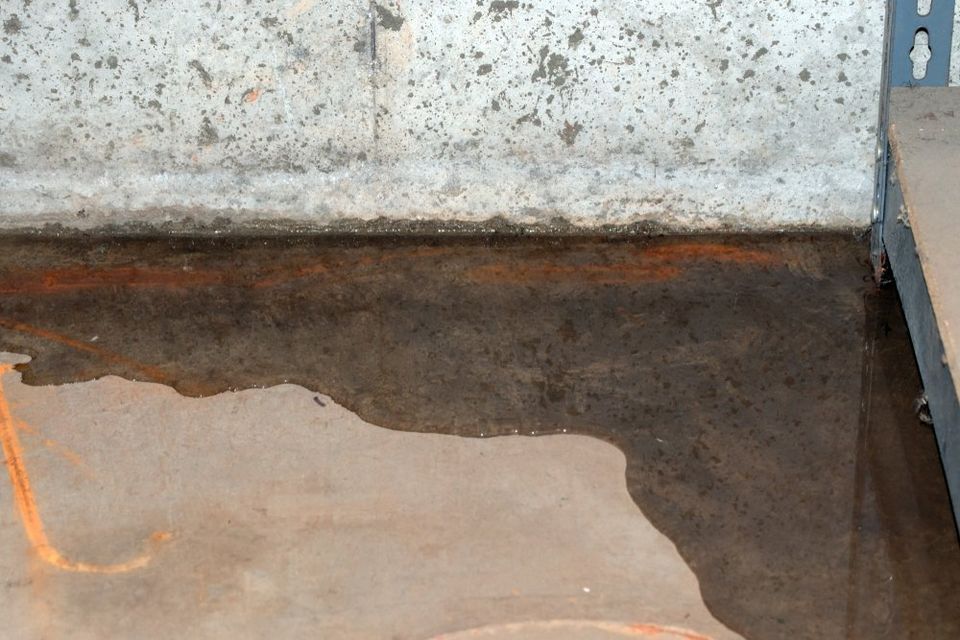Do's & Don'ts of Water Restoration.
Do's & Don'ts of Water Restoration.
Blog Article
We have stumbled on this article on Fire And Water Damage Prevention directly below on the web and decided it made sense to discuss it with you over here.

Though water gives life, water invasion on components where it's not expected to be can cause damages. If the water saturates into your structure, it can peel off away surfaces and deteriorate the structure. Mold and mildew as well as mold likewise flourish in a moist setting, which can be unsafe for your health. Residences with water damage scent mildewy and old.
Water can originate from numerous sources such as tropical storms, floods, burst pipelines, leaks, as well as sewage system issues. In case you experience water damage, it would be great to recognize some safety and security preventative measures. Below are a couple of guidelines on how to deal with water damage.
Do Prioritize Residence Insurance Coverage Protection
Water damages from flooding dues to hefty winds is seasonal. You can likewise experience an abrupt flood when a faulty pipeline suddenly breaks right into your house. It would be best to have home insurance coverage that covers both acts of God such as all-natural disasters, and also emergency situations like broken plumbing.
Do Not Fail To Remember to Switch Off Utilities
In the event of a catastrophe, specifically if you reside in a flood-prone location, it would be recommended to turn off the major electrical circuit. This removes power to your whole residence, stopping electric shocks when water comes in as it is a conductor. In addition, don't neglect to shut off the primary water line valve. Furnishings will certainly relocate around and cause damage when floodwaters are high. Having the main shutoff shut down stops additional damage.
Do Keep Proactive and Heed Weather Condition Notifies
Tornado floodings can be extremely uncertain. If there is a background of flooding in your neighborhood, remain ready and aggressive. If you live near a lake, river, or creek , listen to evacuation warnings. Obtain valuables from the very beginning and also cellar, after that put them on the highest possible degree. Doing so decreases prospective home damages.
Do Not Overlook the Roof
You can stay clear of rainfall damages if there are no openings and leaks in your roof. This will stop water from flowing down your walls and soaking your ceiling.
Do Take Notice Of Small Leaks
A burst pipe doesn't occur over night. You might observe gurgling paint, peeling wallpaper, water touches, water stains, or dripping audios behind the wall surfaces. Have your plumbing fixed before it results in enormous damages.
Don't Panic in Case of a Ruptured Pipe
When it comes to water damage, timing is key. Hence, if a pipeline bursts in your house, right away closed off your main water valve to cut off the resource. Call a reputable water damages restoration expert for aid.
Water gives life, water invasion on components where it's not expected to be can result in damages. Homes with water damage smell old and moldy.
Water damage from flood dues to heavy winds is seasonal. You might observe gurgling paint, peeling wallpaper, water streaks, water stains, or leaking audios behind the walls. When it comes to water damages, timing is essential.
Are Water Mitigation and Water Damage Restoration the Same Thing?
When are Water Mitigation Services Needed?
Water intrusion can come from small sources like a dishwasher leak or larger ones like rainwater causing inches of standing water in a basement. Other instances of damage that call for water mitigation services include:
Sewer backup, sump pump failure, or clogged toilets Toilet wax seal failure Shower pan corrosion Pipe leaks and ruptures Washer or icemaker line breaks HVAC drain line blockage A leaking roof Moisture behind walls Foundation cracks Mold Mold is a good example to illustrate how water mitigation works. We’ve often found that clients we do mold remediation services for had existing water damage issues that ended up leading to the mold damage. When performing water mitigation we look for what’s causing the water problem and for ways to stop mold before it multiplies and becomes a bigger concern.
Are You Currently Experiencing a Water Disaster?
If you’re in the middle of a water intrusion disaster, here are some important dos and don’ts to follow:
Don’ts:
Safety first! Do not enter a room with standing water until the electricity has been turned off! A regular household vacuum should never be used to pick up water. Never use electrical appliance if standing on a wet floor or carpet. Leave visible mold alone. Dos:
Call a water mitigation professional as soon as possible. Mold and other damage can begin within hours of a water intrusion. Mop and blot up as much water as possible. Remove non-attached floor coverings and mats but leave wall-to-wall carpeting removal to a pro. If there are window coverings like draperies that touch the water, loop them through a hanger and put them up on the rod. Remove wet cushions to dry and wipe down soaked furniture. Move valuables like paintings, photos, and art objects to a dry location. Books should be left tightly packed on shelves until it’s determined if they need specialized drying. Prop open closets, cabinets, and drawers to allow them to air out. https://cfrsfl.com/blog/are-water-mitigation-and-water-damage-restoration-the-same-thing/

Hopefully you enjoyed reading our post about 5 Home Safety Tips To Reduce The Risk Of Fire And Water Damage. Thanks a lot for taking the time to read our blog. For those who enjoyed reading our article if you please be sure to pass it around. Thank you for your time spent reading it.
Report this page